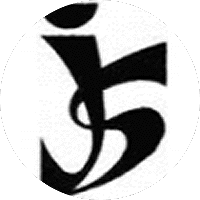JUDO KATA
Kata is one of the training methods in martial arts. A kata is a prearranged, formal practice. Jigoro Kano described the meaning of kata as follows:
"Kata's are the element of beauty in judo. Kata's have the purpose to illustrate the basic principles of judo and thereby clarifying the intended goal of judo".
In modern times kata's also demonstrate the correct execution of a technique; teach the philosophical tenets on which judo is based; illustrate techniques that are not allowed in competition; preserve ancient techniques that are historically important but not used anymore in contemporary judo.

RANDORI KATA's |
|
Nage-no-Kata"Forms of Throwing" |
5 series:
|
Katame-no-Kata"Forms of Grappling" |
3 series:
|
ATEMI KATA's |
|
Kime-no-Kata"Forms of decision" |
2 series
|
Kime Shiki"Forms of Decision" |
2 series
|
HIGHER KATA's |
|
Ju-no-Kata"Forms of Softness/Gentleness" |
3 series of 5 attacks and defenses without throwing. The gentle movements are designed to teach the fundamentals of attack and defense and will make it much easier for one to learn the principals and movements of Kodokan Judo. |
Koshiki-no-Kata"Antique kata" |
2 series
|
Isutsu-no-Kata"Kata of the five principles" |
Inspired by the forms found in nature, Jigoro Kano strived to come up with a way of expressing
the 5 major forces through judo.
|
Goshin-jitsu-no-Kata"Modern self defense kata" |
Defensive techniques against 5 series of attacks:
|
Gonosen-no-Kata"Forms of Counterthrowing" |
|

